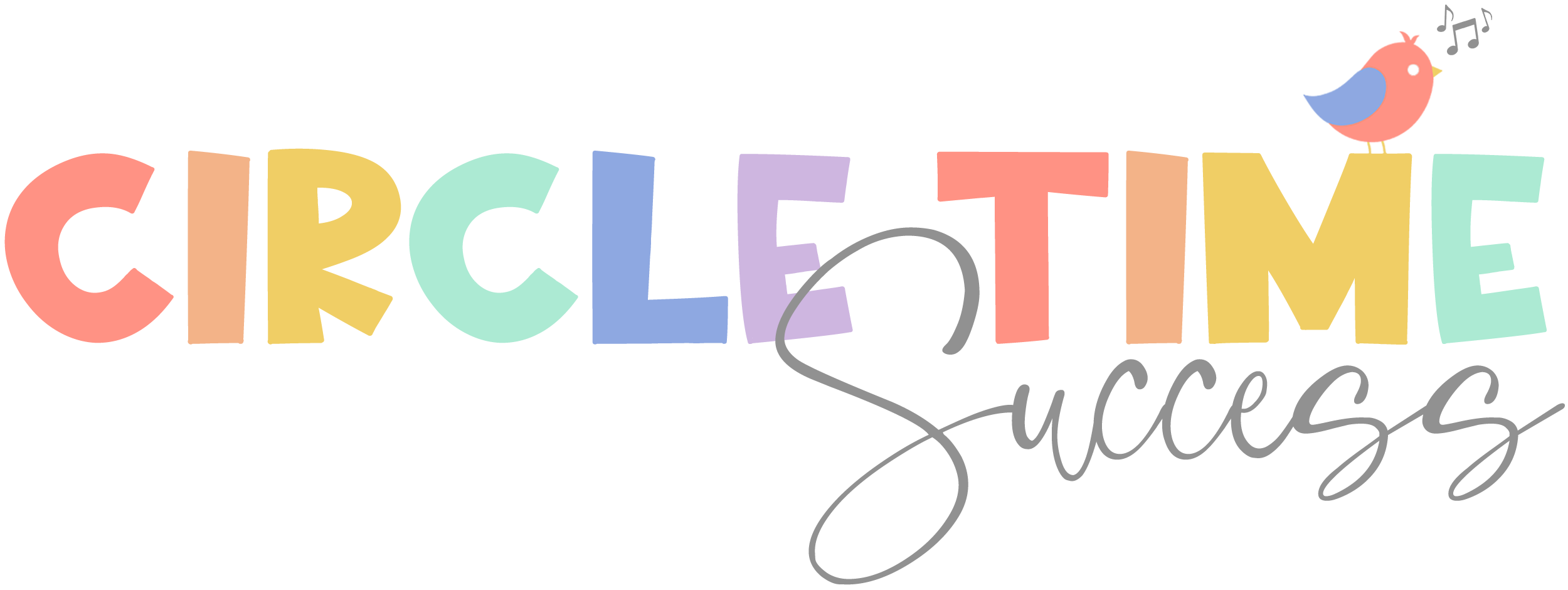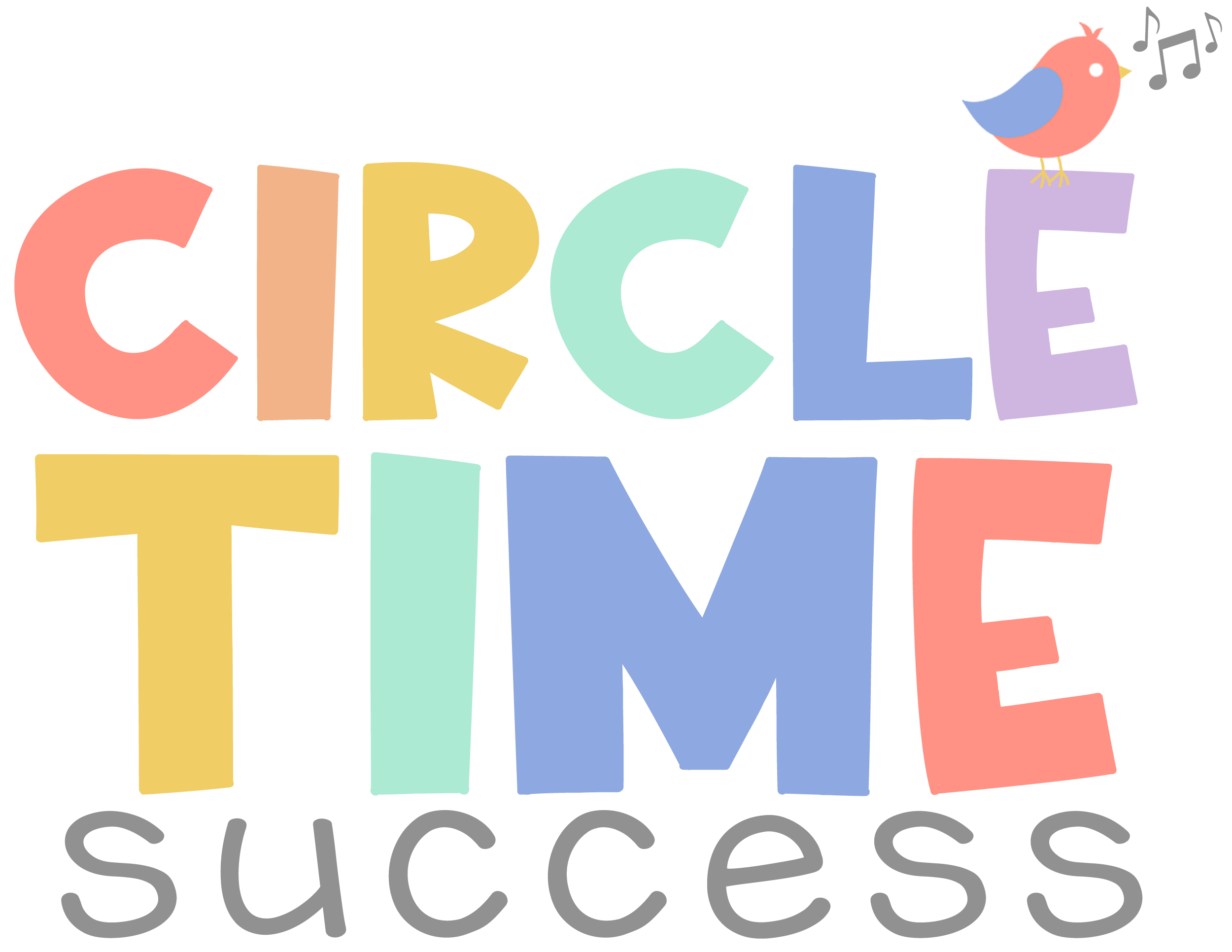4 Reasons Why Songs and Rhymes Plant the Seed to Read

When my girls were little I was always singing songs and saying rhymes with them. Usually it was in the car when I knew they were a captive audience.
Maci and Natia probably got sick of my non-stop word play, but they always seemed to be up for it.
By the time they went to Kindergarten their phonemic awareness skills, or the ability to hear, identify, and manipulate the sounds in spoken words, were rockin’ because of the hours they spent singing and rhyming with me.
They also had a huge bank of words in their head that were woven together through, you guessed it, songs and rhymes!
Although there has been a lot of debate about what “ready to read” means, the science of reading states that children become fluent readers when they are explicitly taught phonemic awareness, phonics, vocabulary, fluency and comprehension.
Turns out the songs and rhymes we were having so much fun with were not only bonding us, they were naturally laying the foundation for what would be one of the most difficult skills they would need to master in order to be successful in school and life!
Songs and nursery rhymes are filled with (but not limited to)….
1.Rich Vocabulary – The words the girls were exposed to in these songs and rhymes were vast and vibrant!
They went beyond the vocabulary they were hearing at home which only expanded their word bank.
How often do you say “pizza, pickle, pumpernickel” in the same sentence?!? Yet, those were they lyrics in one of the girls’ favorite tickle games.Learn it here.
2. Sentence Structure – Yep, noun, verb, adjective…they are all there in predictable places and children get to hear that structure over and over and over.
3. Syllables – The rhythm of a song often reflects the syllables of the lyrics. Syllables are sometimes referred to as the “beats” of spoken language and they break the word into chunks which help children sound them out. Many songs even change pitches within the word to make it even more obvious they are separate. Therefore, when a teacher introduces the concept of syllables in Kindergarten or First Grade, children who have been exposed to music will naturally hear the syllables.
4. Rhyming – Last, but surely not least, rhyming! Songs and well, rhymes are filled with words that have similar-sounding final syllables. When children hear enough of them, they begin to produce their own rhymes which shows their ability to manipulate language – a key skill in learning to read.
Children Need More Music!
What’s sad is the amount of children who come to school with very few songs and nursery rhymes in their heads!
That is why it is so important for educators to fill children up with songs and rhymes ASAP! But let’s face it, “Twinkle, Twinkle” can only be sung so many times.
If you are ready to add some new songs and rhymes to get your little ones ready to read then Check out “A Year of Music” and you’ll have a new song to share every month of the year!
Rather us be your child or schools music teacher? Then check out our virtual music classes for little ones here!



